Leonardo da Vinci was an incredible artist, inventor, musician and scientist who lived during the Renaissance. He kept notebooks full of drawings and ideas and had a vast knowledge of human anatomy, architecture and nature as well as science and maths. Some of his notebook pages can be viewed in museums today.
Leonardo was born on April 15th, 1452 near Florence. His father was a lawyer and his mother a farmer's daughter. His parents' were not married and he received only a basic education.
At age 14 Leonardo worked as an apprentice for an artist called Andrea del Verrocchio, who taught him how to be an artist. After Verrocchio, Leonardo went to work for a man named Ludovico Sforza who was rich and powerful.
Some of Leonardos' ideas and views ( especially his questioning of the Bible ) were very different to that of the time and were not generally accepted by society.
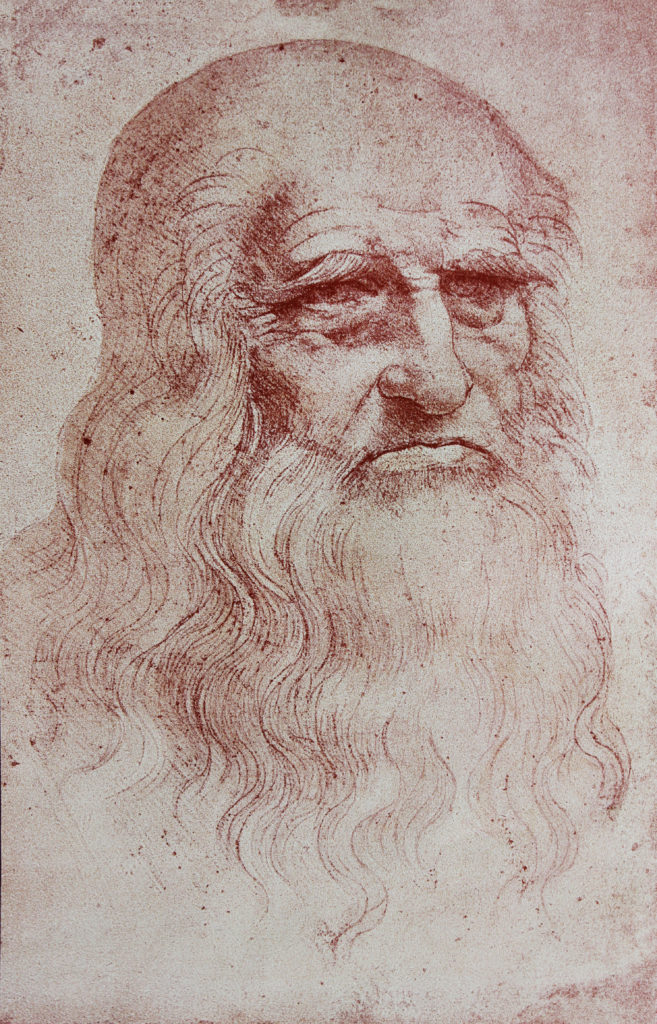
To celebrate the life and work of Leonardo da Vinci, I've put together a collection of simple science activities based on his work.
Leonardo da Vinci - The Artist
Leonardo was a brilliant painter and sculptor who experimented with new painting techniques and made his own paints mixed with oil to allow them to dry more slowly.
Leonardo's most famous paintings include The Mona Lisa, The Last Supper, Vitruvian Man and Lady with an Ermine.
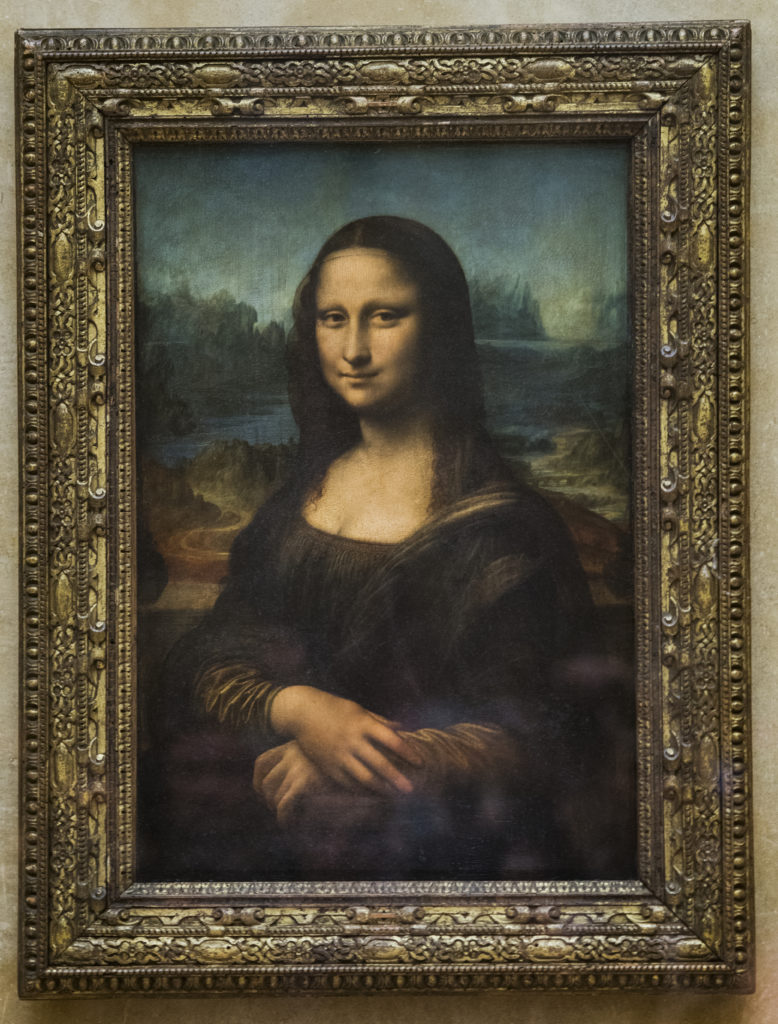
Some of Leonardo's painting were painted in layers to give a richness of colour that was new to the time. He also experimented with perspective and used hidden symbols in his work.
Painting Activities
Optical illusions
Leonardo used a lot of maths and geometry in his painting as well as thinking about perspective. He is also know for using optical illusions in his paintings. One example of an optical illusions used by Leonardo da Vinci is the Mona Lisa. From some angles it looks like she is smiling and from other angles she looks more somber.
You can make your own optical illusion with a pencil, tape and cardboard.
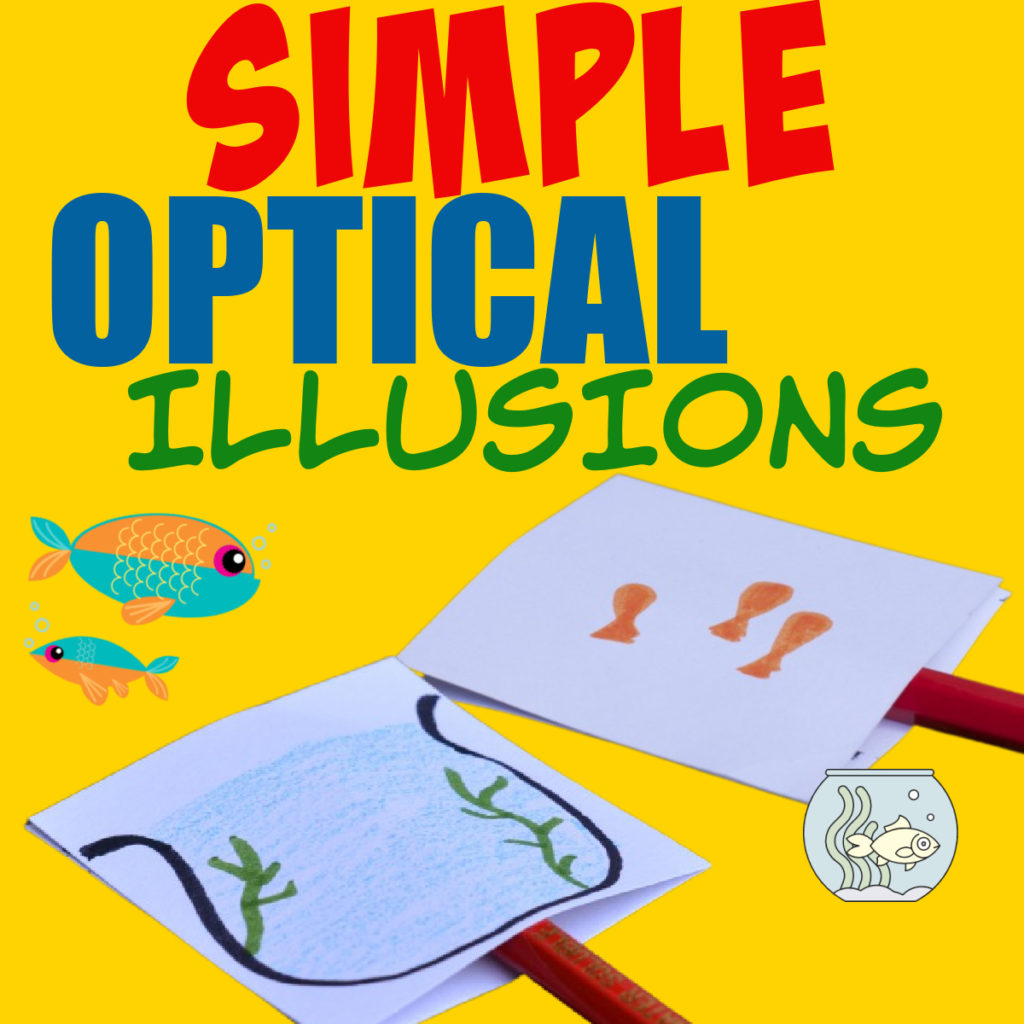
Watercolour vs Oil Paints
Paint with watercolour paints and oil paints. Which takes the longest to dry?
Make your own Paint
Smart School House has a great recipe for making your own paint using flour, food colouring and water.
Develop your own painting techniques
We love painting with syringes for creating unusual pictures.
Another idea is to experiment with different surfaces to paint on. Ice painting is one of our favourites.

Create your own symbols
Leonardo used many symbols and hidden messages in his paintings. Can you you create a painting with a hidden message? This could be your name with the letters hidden in, or even objects or the date!
Backwards Writing
Leonardo da Vinci wrote some of his notes backwards, find out why and have a go yourself with this easy mirror writing activity.
Leonardo da Vinci the Scientist
Anatomy
In Renaissance times people didn't know as much about what's inside the human body as we do today. One of Leonardo's most famous drawings is the Vitruvian Man which formed part of his studies of the proportion of the human body linking them to nature.
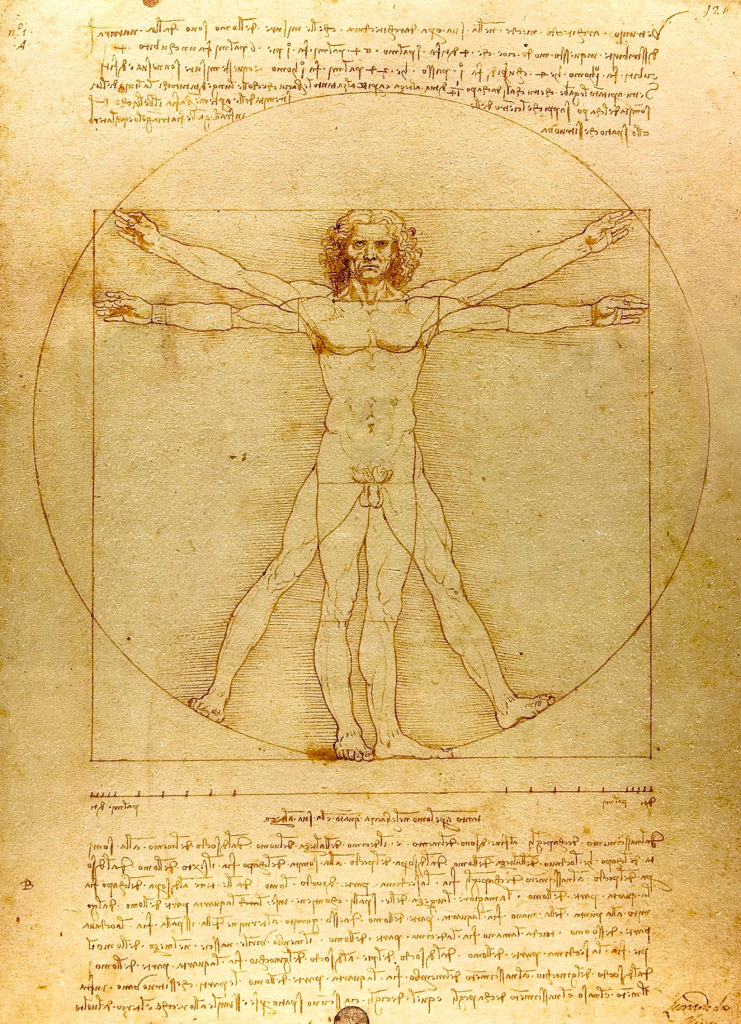
Leonardo believed that ideal proportions of the body were defined by mathematical rules and he used these rules in his drawings.
Calculate your Ape Index
One thing you can easily test is whether your arm span is equal to your height. This is called ape index.
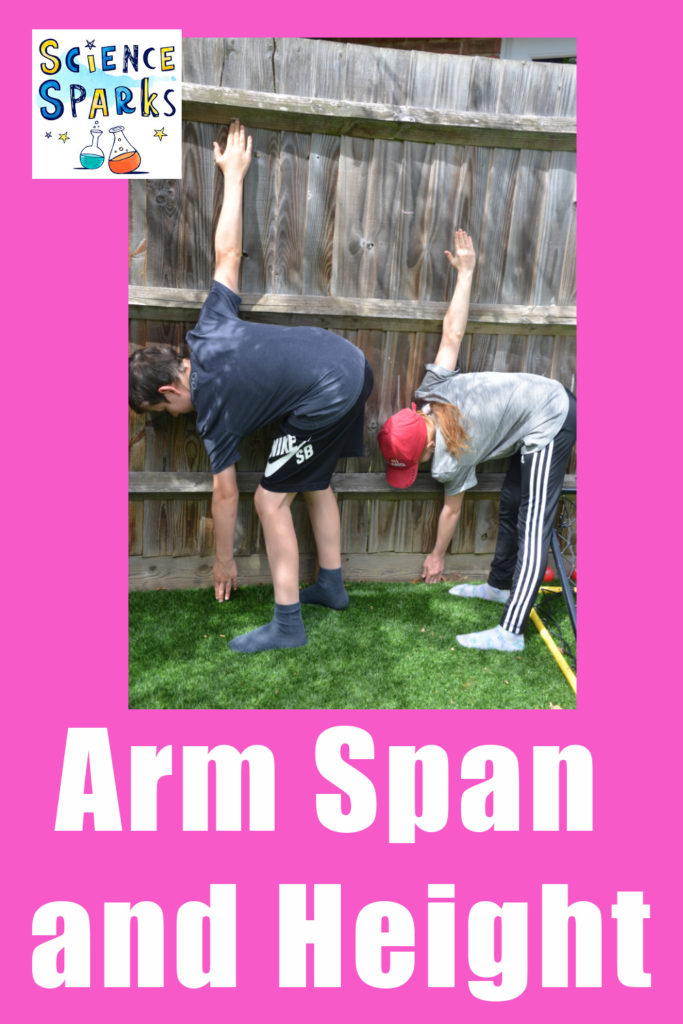
Another mathematical rule Leonardo used in his drawing is that the length of a person's hand should be 1/10 of their height.
Leonardo carried out autopsies on corpses to find out what the inside of the body looked like. His sketches were incredible and included bones, joints, tendons and even blood vessels.
Science and Nature
Rocks
Leonardo was interested in how mountains formed and how water formed channels in the landscape. He also thought that different layers of rocks formed at different times with the bottom layers being the oldest, which we now know is true.
You can make your own edible sedimentary rocks to demonstrate Leonardo's theory.
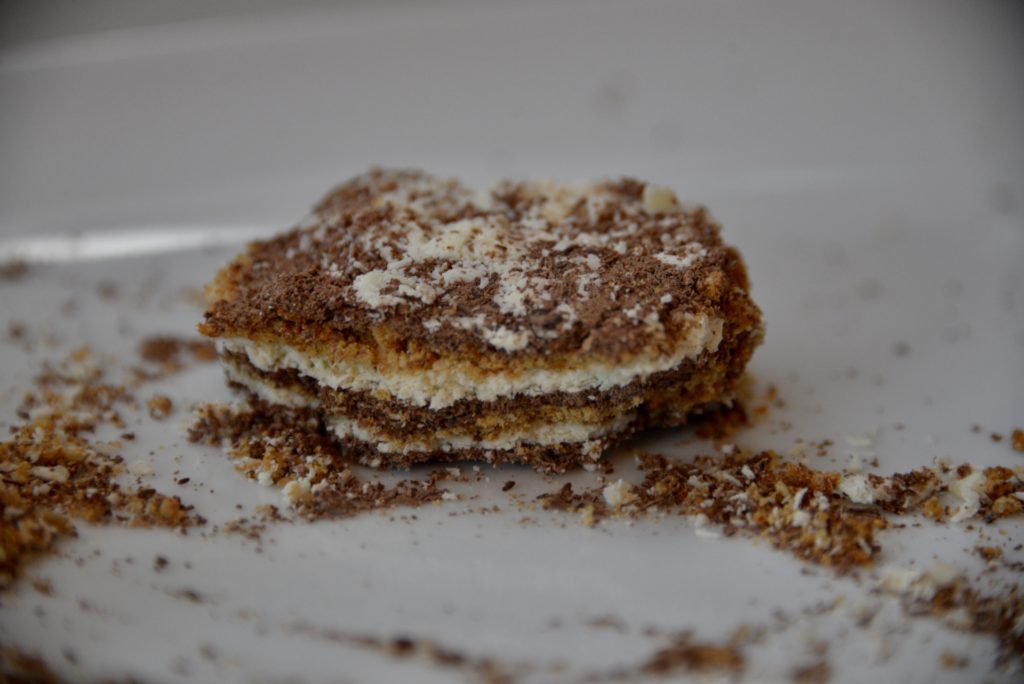
Leonardo the Inventor
Leonardo invented flying machines, bridges, war machine, self propelled vehicles and even musical instruments that were 100s of years ahead of their time.
Self propelled vehicles
In Leonardos time people got around on horse and cart. Leonardo designed a self propelled cart that was actually built 500 years later and worked!
The first actual car wasn't build until 1886, showing just how far ahead of his time Leonardo was with his ideas.
If you want to make a self propelled mini vehicle this cotton reel car is a nice, simple project.
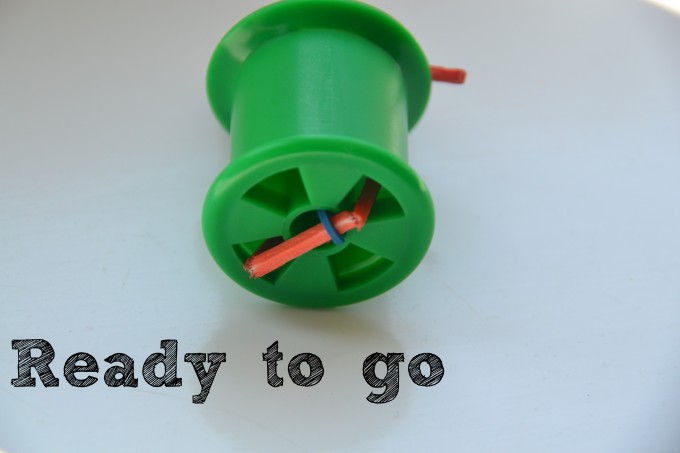
Leonardo's Helicopter
Leonardo sketched many ideas of how humans might fly, including a helicopter and parachute. He based his helicopter on the Archimedes Screw, which we made a mini version of recently.
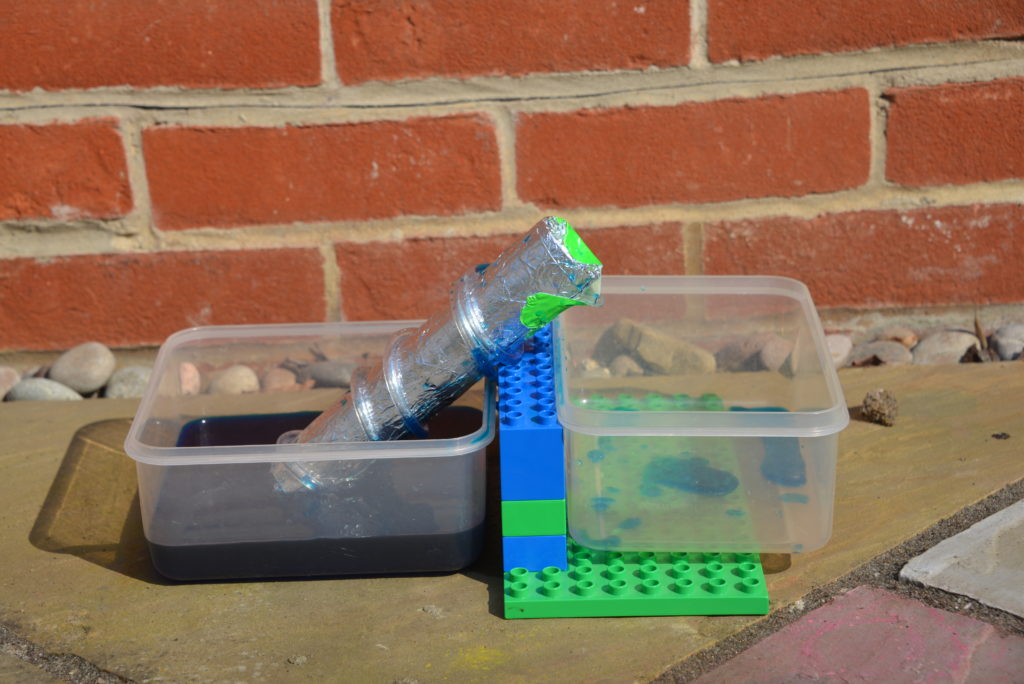
Make a Parachute
Leonardo's parachute design consisted of sealed linen cloth held over a pyramind of woodne poles about to 7 metres long. A version of the Leonardo da Vinci's parachute was tested in 2000 by Adrian Nicholas.
We made a mini parachute using straws and newspaper. One fun idea is to design an investigation comparing Leonardo's design with a more traditional parachute.
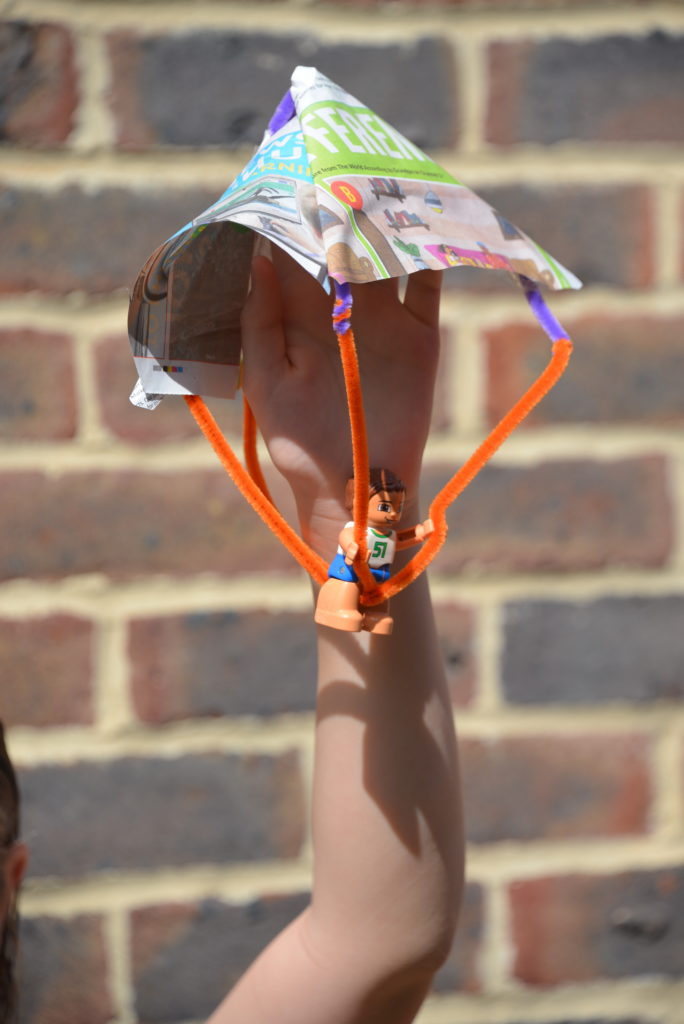
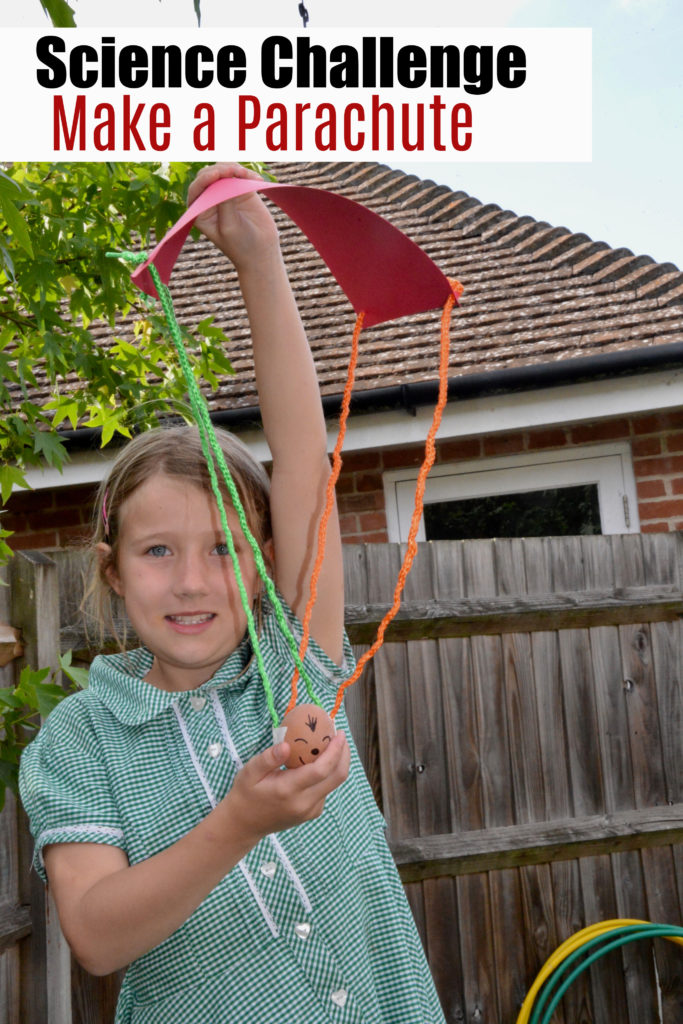
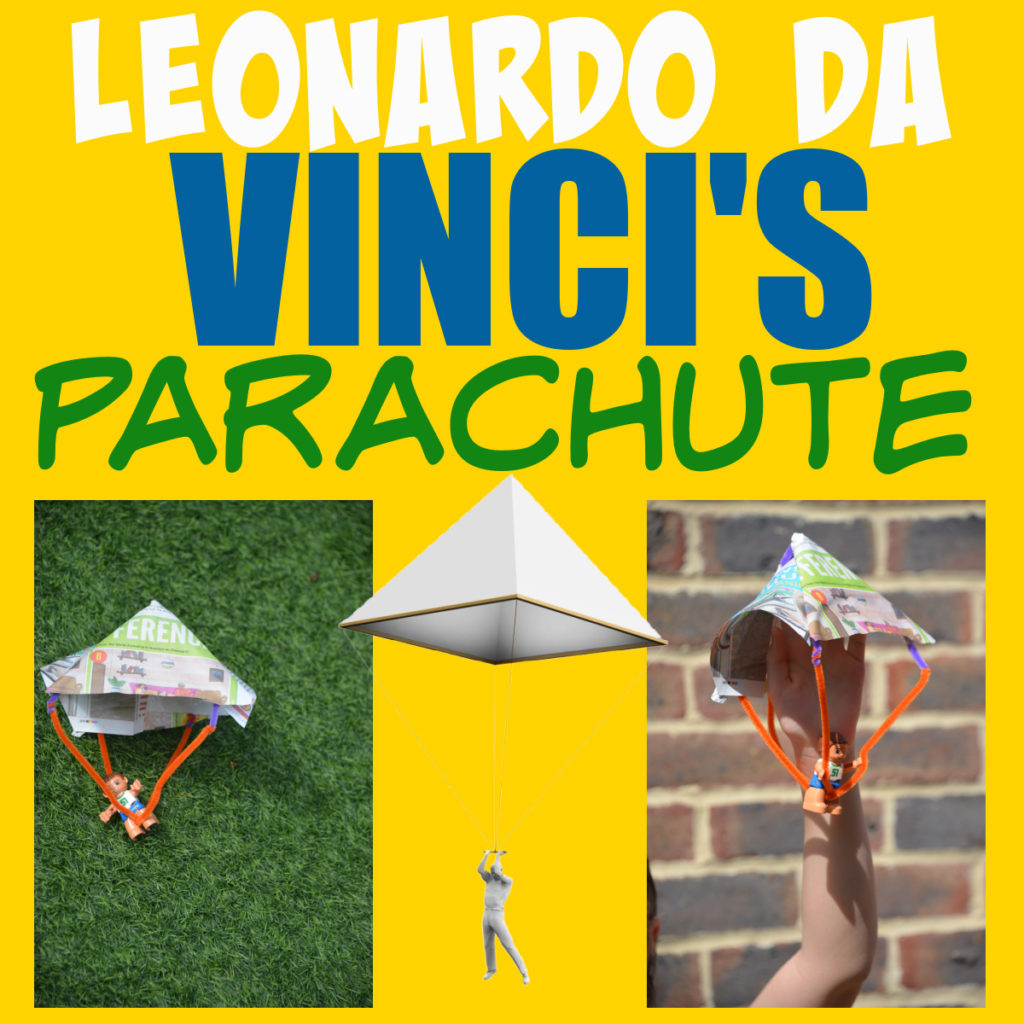
Make a Helicopter
These paper spinners spin through the air wonderfully and are a great science investigation. Try making them bigger or smaller to find out how the size impacts how fast they fall.
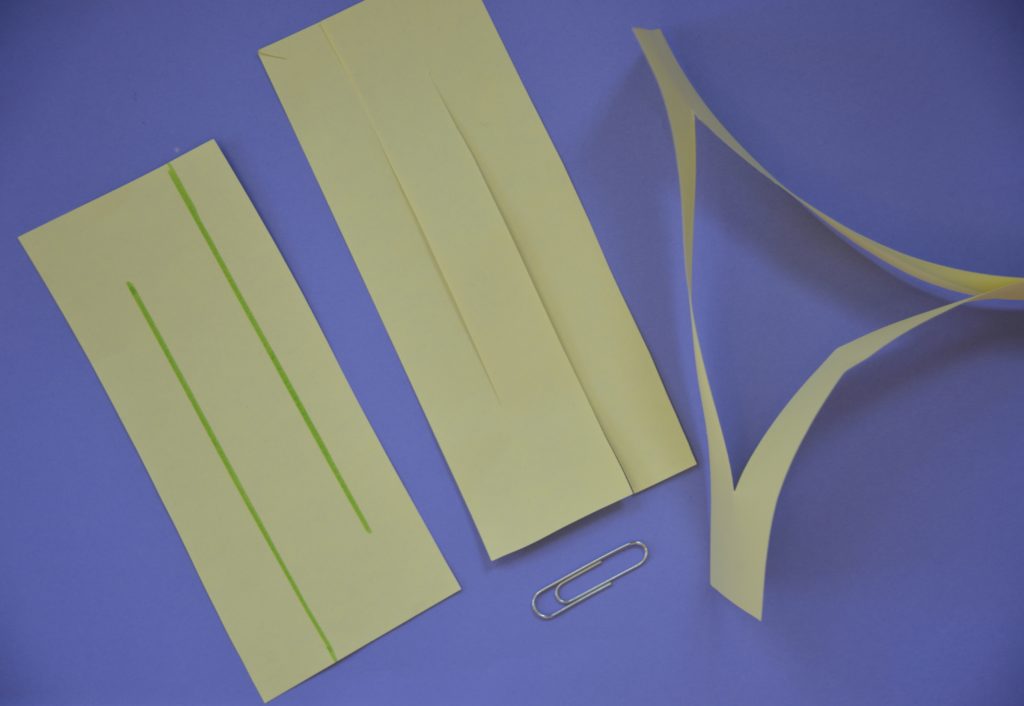
Bridges
Leonardo also sketched bridge designs. His idea was for a self supporting bridge which you can make a mini version of.
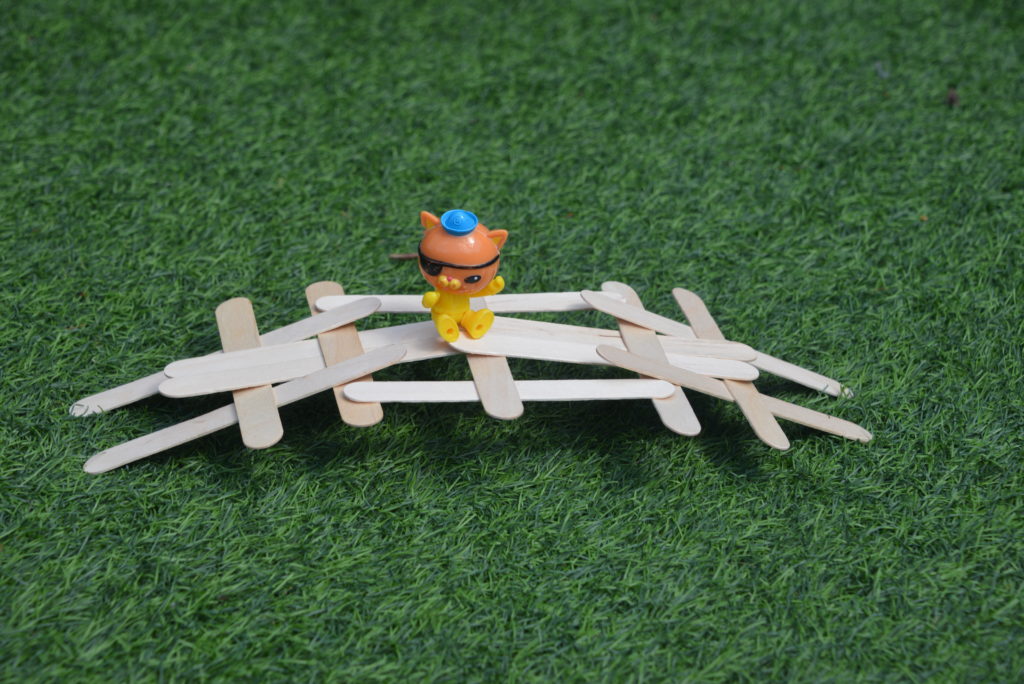
Leonardo da Vinci the Musician
As well as all his other skills Leonardo was a talented musician. He is thought to have played an instrument like a violin.
You can make a very simple string instrument with a container and elastic bands.
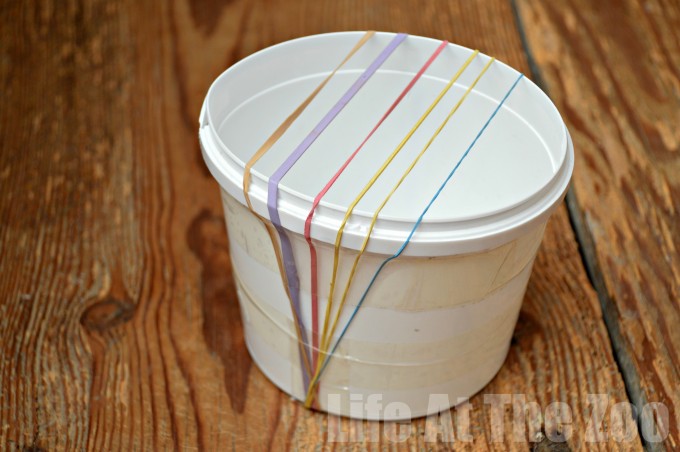
Experiment with different thickness elastic bands to see how it changes the sound.
Leonardo da Vinci's Legacy
Leonardo da Vinci died in May, 1519. His work lives on and fascinates people 500 years after his death which is an incredible achievement.
Leonardo left behind an immense legacy and is an inspiration to people all over the world.
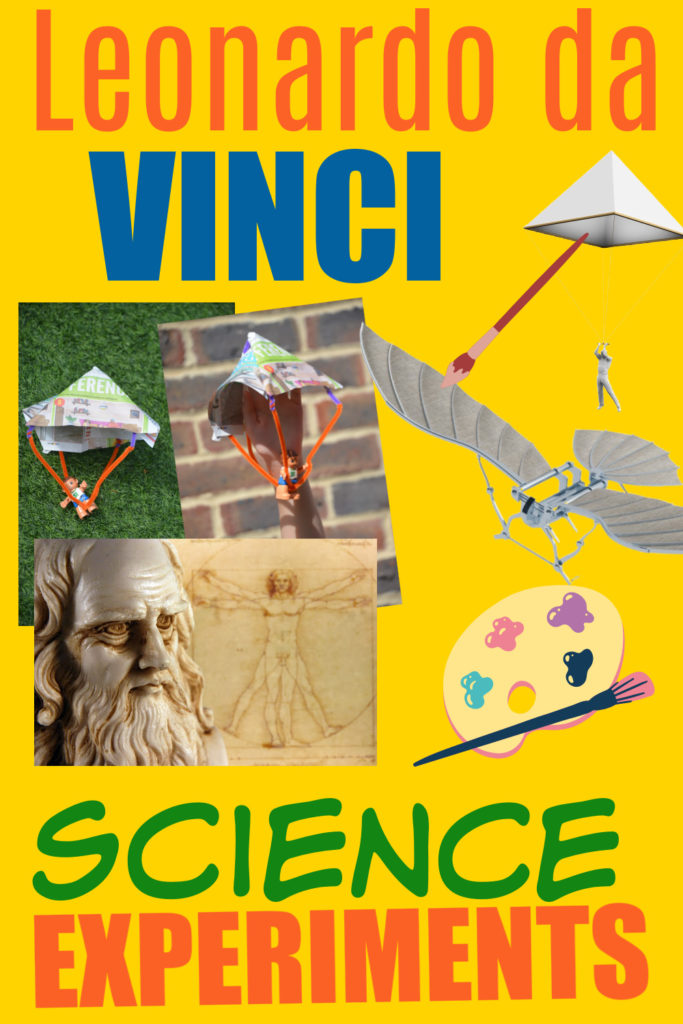
Last Updated on July 1, 2021 by Emma Vanstone



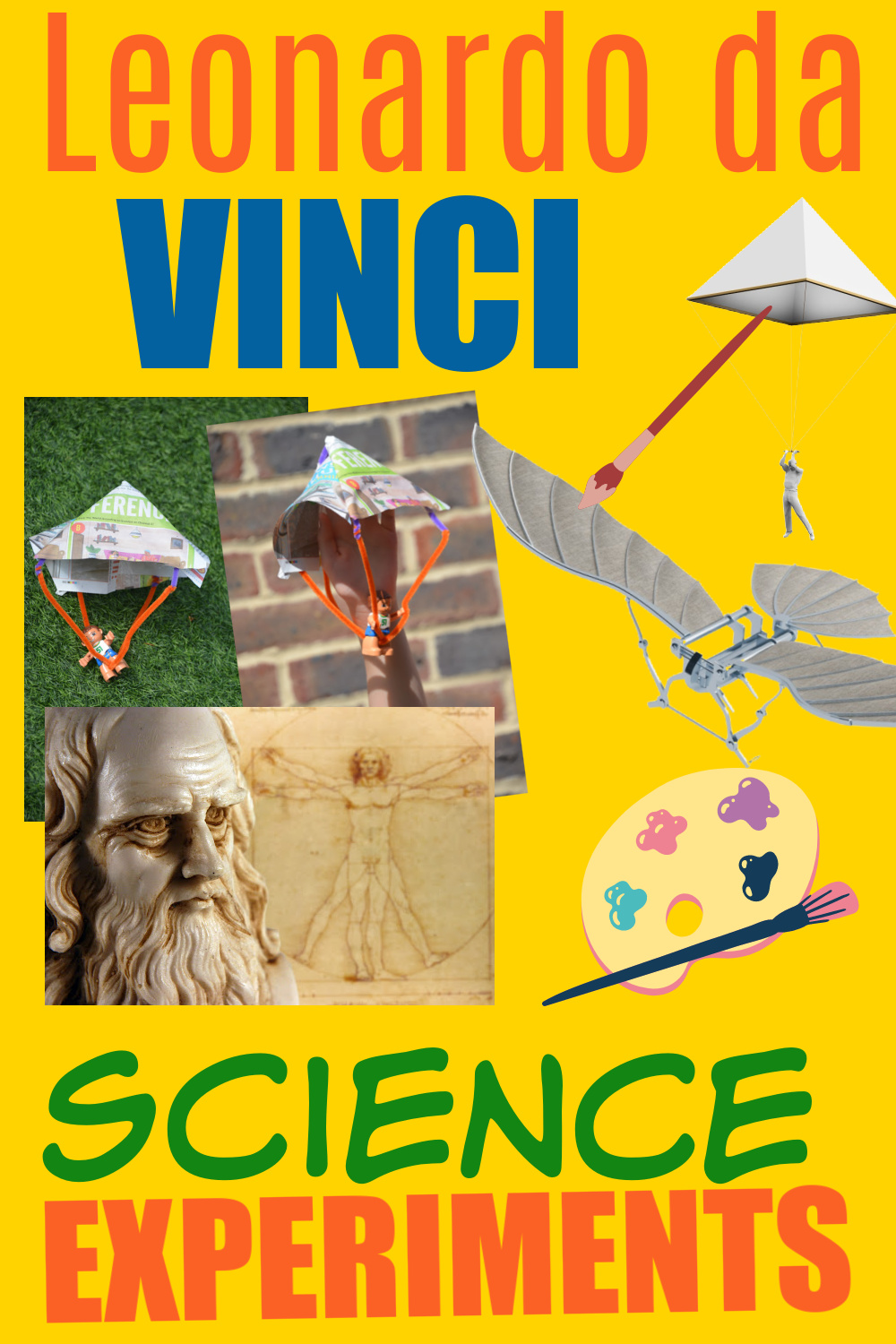
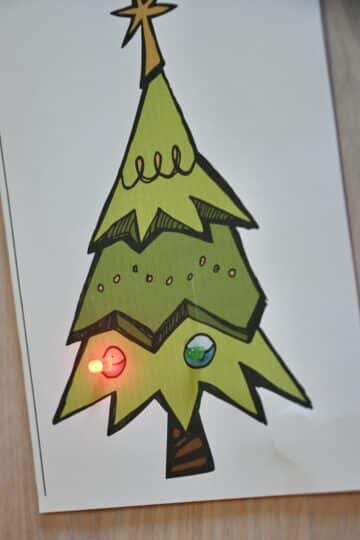
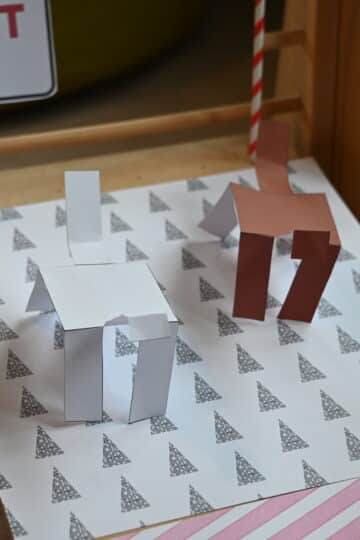
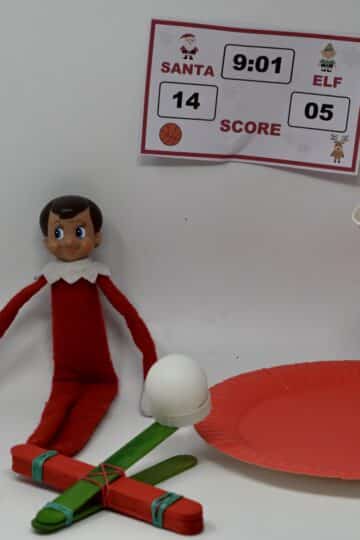
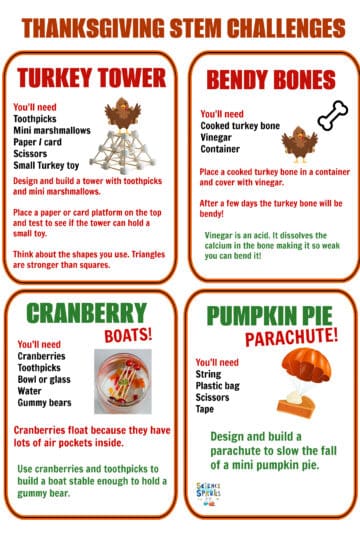
Steve says
Just a word of thanks - I am a beaver scout leader and look forward to trying these activities with them. Bravo